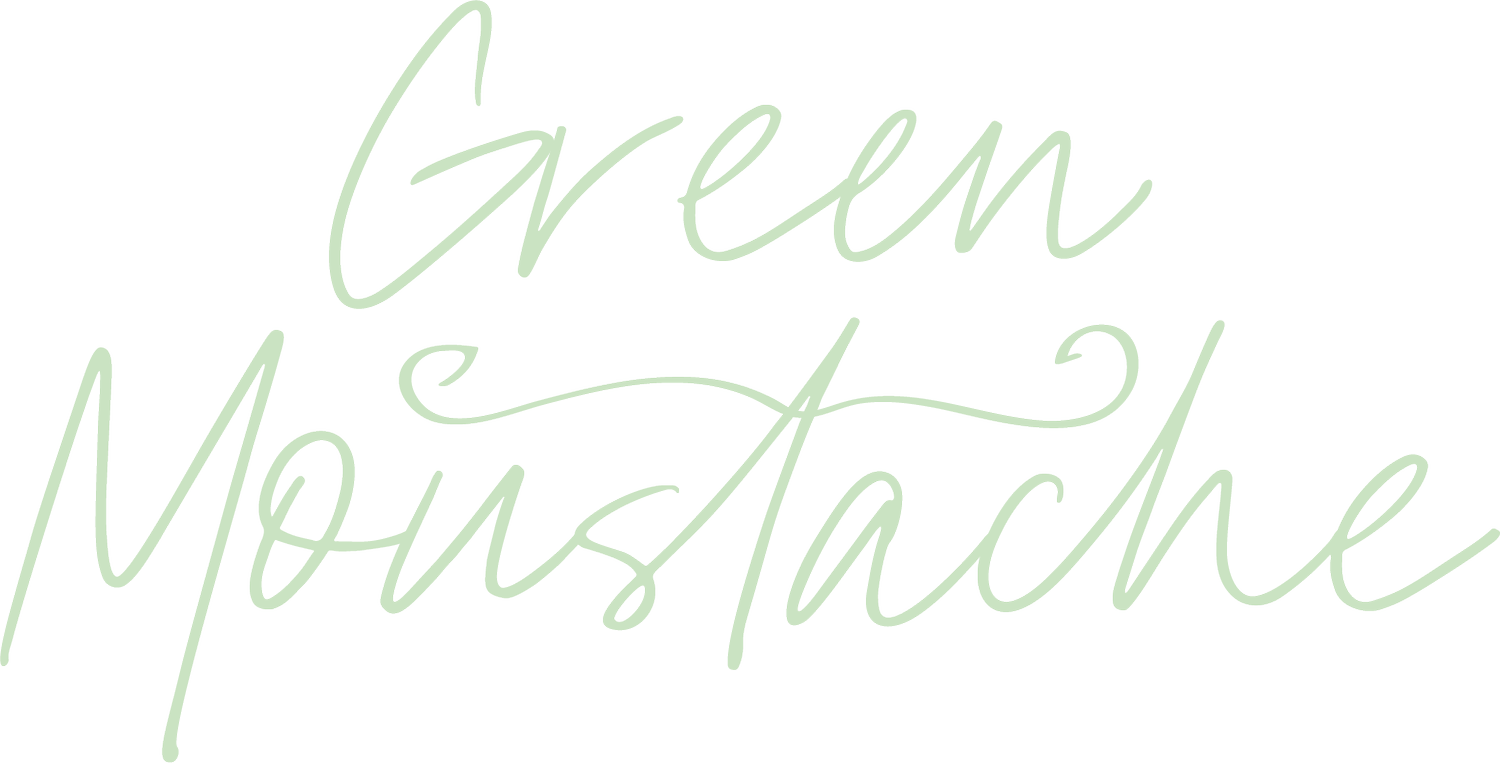From food scraps to soil sustainability
At Green Moustache, we aim to incorporate sustainability into each part of the business; it’s a fundamental part of how we operate. Nestled in the heart of North Sydney, we’ve always sought to create a space that not only serves delicious, modern Australian food but also gives back to the environment in meaningful ways. One of our proudest achievements is the mini circular economy we’ve built, using worm farms to turn food scraps into nutrient-rich soil for our plants. Here’s how we did it.
The Concept of a Circular Economy
A circular economy is one where waste is minimised and resources are reused, creating a sustainable cycle of use and regeneration. At Green Moustache, we saw an opportunity to make our rooftop garden bar and restaurant more self-sufficient by closing the loop between food waste and food production.
Step 1: Collecting Food Scraps
Our journey began with a commitment to reducing food waste. In a bustling restaurant like ours, food scraps are inevitable. But instead of seeing these scraps as waste, we started treating them as a resource. Every day, we collect vegetable peels, fruit rinds, coffee grounds and other organic waste from our kitchen. By sorting and separating these scraps, we ensure that only the compostable materials are used in the next step of our process.
Step 2: Worm Farms – Nature’s Recyclers
To transform our food scraps into valuable soil, we introduced worm farms on-site. Worms are nature’s recyclers, breaking down organic matter into castings, which are incredibly nutrient-rich. The worms feed on the food scraps, converting them into a dark, crumbly substance known as vermicompost, or "black gold" for gardeners.
Setting up the worm farms was relatively simple. We created layered beds for the worms, added food scraps and allowed the natural process to take place. It’s amazing how quickly worms can turn waste into something so beneficial for our plants.
Step 3: Using the Vermicompost in Our Rooftop Garden
The vermicompost produced by the worms is packed with nutrients that help our rooftop garden thrive. Our plants are grown using this homemade compost. The rich soil boosts plant growth, improves moisture retention and reduces the need for chemical fertilisers.
By using our own food waste to nurture our garden, we’ve created a self-sustaining system. The herbs grown in the garden are harvested and used in our kitchen, creating a beautiful full-circle moment: the food we serve helps grow the food we use.
Step 4: Reducing Our Carbon Footprint
One of the biggest benefits of our mini circular economy is the reduction of waste that would otherwise end up in landfill. Food waste in landfills contributes to greenhouse gas emissions, particularly methane. By composting on-site, we reduce the volume of waste we send to landfills and cut down on emissions. This small change has a significant impact on our overall carbon footprint, allowing us to operate in a more eco-friendly way.
Step 5: Sharing Our Story with the Community
We believe that sustainability should be shared and we love telling our customers about the journey from food scraps to soil. It’s a way to engage our community in the importance of reducing waste and appreciating the beauty of a circular economy. Guests can see the plants growing on our rooftop, knowing they are nourished by the food scraps from their plates—a tangible connection between what they eat and how it contributes to our restaurant’s ecosystem.
Final Thoughts
By creating a mini circular economy, we’ve shown that even a restaurant in the middle of North Sydney can make a meaningful impact. From food scraps to soil to the plants on our rooftop, every part of the process feeds back into itself, ensuring that our operations are as eco-friendly as they are delicious.
We invite you to come visit us and experience firsthand how sustainability tastes at Green Moustache!


